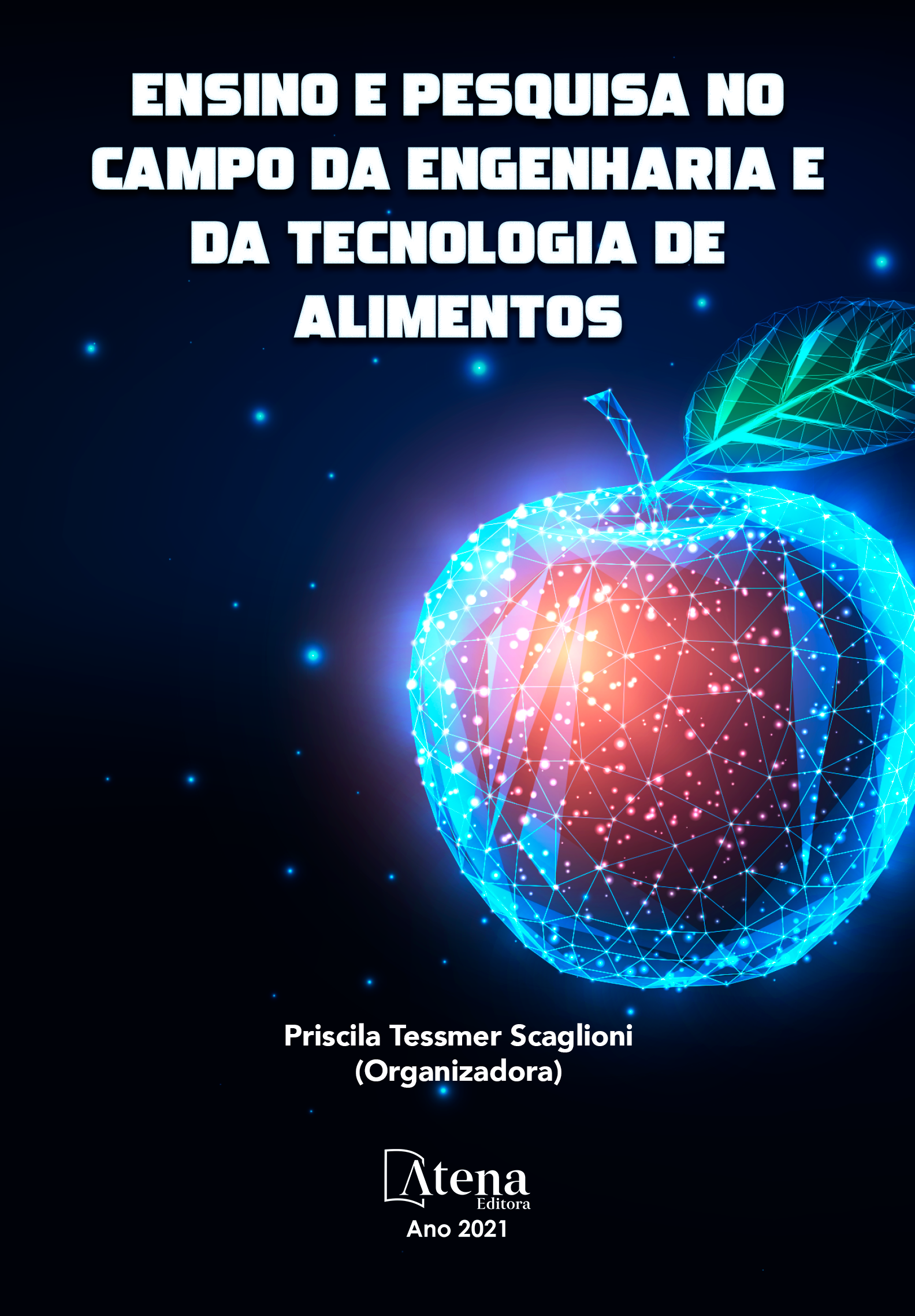
QUANTIFICAÇÃO, ISOLAMENTO E AVALIAÇÃO DO POTENCIAL ENZIMÁTICO DE FUNGOS FILAMENTOSOS PRESENTES EM SUPERFÍCIES DE AGROINDÚSTRIAS PRODUTORAS DO EMBUTIDO CÁRNEO SOCOL
O Socol é um embutido elaborado com carne suína, de grande importância social e econômica para o município de Venda Nova do Imigrante – ES. Durante a etapa de maturação deste produto, ocorre o crescimento de fungos filamentosos em sua superfície, o que contribui para o desenvolvimento das características finais. Este trabalho teve como objetivo geral quantificar, isolar e avaliar o potencial enzimático de fungos filamentosos presentes na parede e no local de pendura do embutido, onde ocorre o processo de maturação em agroindústrias do município de Venda Nova do Imigrante – ES, produtoras de Socol. Inicialmente, foi realizada a quantificação de fungos filamentosos e leveduras, após amostragem através de swabs e plaqueamento em BDA (Batata Dextrose Agar). Os fungos filamentosos com diferentes características macroscópicas foram, então, isolados e avaliados em relação ao seu potencial enzimático para a produção de proteases e lipases por meio de cultura específica para cada tipo de análise. Os resultados obtidos através da contagem da superfície da agroindústria A, apresentaram valores abaixo do limite de detecção da técnica utilizada em ambos locais analisados (pendura e parede), demonstrando um baixo crescimento fúngico nestes locais. Já na agroindústria B, houve crescimento microbiano considerável na pendura e valores abaixo do limite de detecção da técnica utilizada na parede. Isolaram-se fungos com características macroscópicas similares em meio de cultura BDA, assim como os testes de lipase e protease, dando destaque ao BPA1-1 que apresentou índice enzimático muito elevado. Análises futuras são necessárias para otimizar o processamento do Socol e identificar novas aplicações biotecnológicas.
QUANTIFICAÇÃO, ISOLAMENTO E AVALIAÇÃO DO POTENCIAL ENZIMÁTICO DE FUNGOS FILAMENTOSOS PRESENTES EM SUPERFÍCIES DE AGROINDÚSTRIAS PRODUTORAS DO EMBUTIDO CÁRNEO SOCOL
-
DOI: 10.22533/at.ed.25021050120
-
Palavras-chave: microrganismos; biotecnologia; proteases, lipases.
-
Keywords: microorganisms; biotechnology; proteases; lipases.
-
Abstract:
Socol is a sausage made with pork, of great social and economic importance for the municipality of Venda Nova do Imigrante - ES. During the maturation stage of this product, the growth of filamentous fungi occurs on its surface, which contributes to the development of the final characteristics. This work had the general objective of quantifying, isolating and evaluating the enzymatic potential of filamentous fungi present on the wall and in the place where the sausage hangs, where the maturation process takes place in agribusinesses in the municipality of Venda Nova do Imigrante - ES, producers of Socol. Initially, the quantification of filamentous fungi and yeasts was performed, after sampling through swabs and plating in BDA (Potato Dextrose Agar). The filamentous fungi with different macroscopic characteristics were then isolated and evaluated in relation to their enzymatic potential for the production of proteases and lipases by means of specific culture for each type of analysis. The results obtained by counting the surface of agroindustry A, presented values below the detection limit of the technique used in both analyzed sites (hanging and wall), demonstrating a low fungal growth in these locations. In agroindustry B, there was considerable microbial growth in the hanging and values below the detection limit of the technique used on the wall. Fungi with similar macroscopic characteristics were isolated in BDA culture medium, as well as the lipase and protease tests, highlighting BPA1-1, which had a very high enzymatic index. Future analyzes are necessary to optimize the processing of Socol and to identify new biotechnological applications.
-
Número de páginas: 11
- Jeferson Alves Bozzi
- Elder Tonete Lasaro da Costa
- Vanessa Cristina de Castro
- Fernanda Chaves da Silva
- Maíra Maciel Mattos de Oliveira
- Bárbara Côgo Venturim


